This post may contain affiliate links. By clicking and making a purchase through the links, I earn a small commission at no extra cost to you. See my disclaimer for more information. This and display ads allow me to keep the site up to date and give back.
Thinking about visiting Canada in winter? This guide will help you prepare to make the most of winter in Canada with recommendations on the best places to go, activities to try, and what to wear to keep warm.
If Canada is well-known for anything, it’s the cold and unforgiving winter season. While the -30°C temperatures aren’t for the weak of heart, millions of Canadians have learned to make the most of winter and even celebrate the weather.
This guide will take you across Canada during its coldest months (October to March) so that you can make the most of the winter season.
From snow sculpture competitions to polar bear tours to some of the best skiing in North America, Canada has so much to offer any traveler, including immense beauty.
No matter where you go, you’ll find something that will make your journey worthwhile.
Best places to visit in Canada during winter
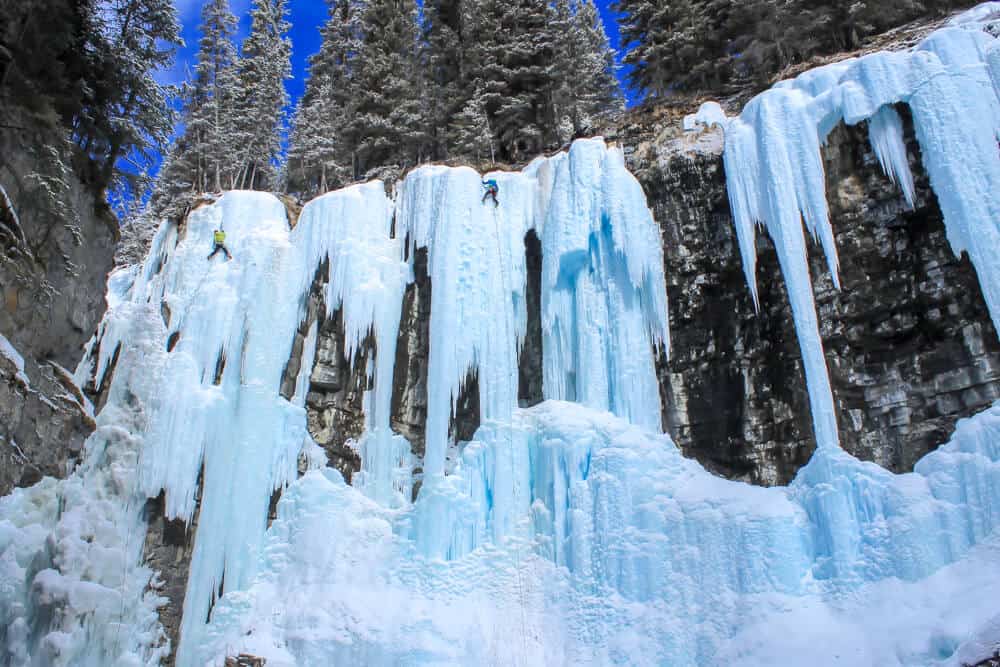
Canada is the second-largest country after Russia in terms of landmass. Several European countries could fit just within one province! As a result, the climate is vast and can make or break your travel plans.
If you don’t want to face a lot of damp, Western Canada is best to avoid, but it’s perfect for those who aren’t much into severe cold found in the prairies. Make sure you know the climate well so that you can pack adequately and fully enjoy your vacation.
West Coast: British Columbia borders the Pacific Ocean, which means its temperatures are milder, particularly on the western side of the province. As you get into the mountains or further towards Alberta, you’ll find that the temperatures get much colder.
The trade-off, however, is while the winter in somewhere like Vancouver is quite damp with 800+ mm of rainfall between October and March, the weather further east is drier, and its precipitation falls as snow rather than rain.
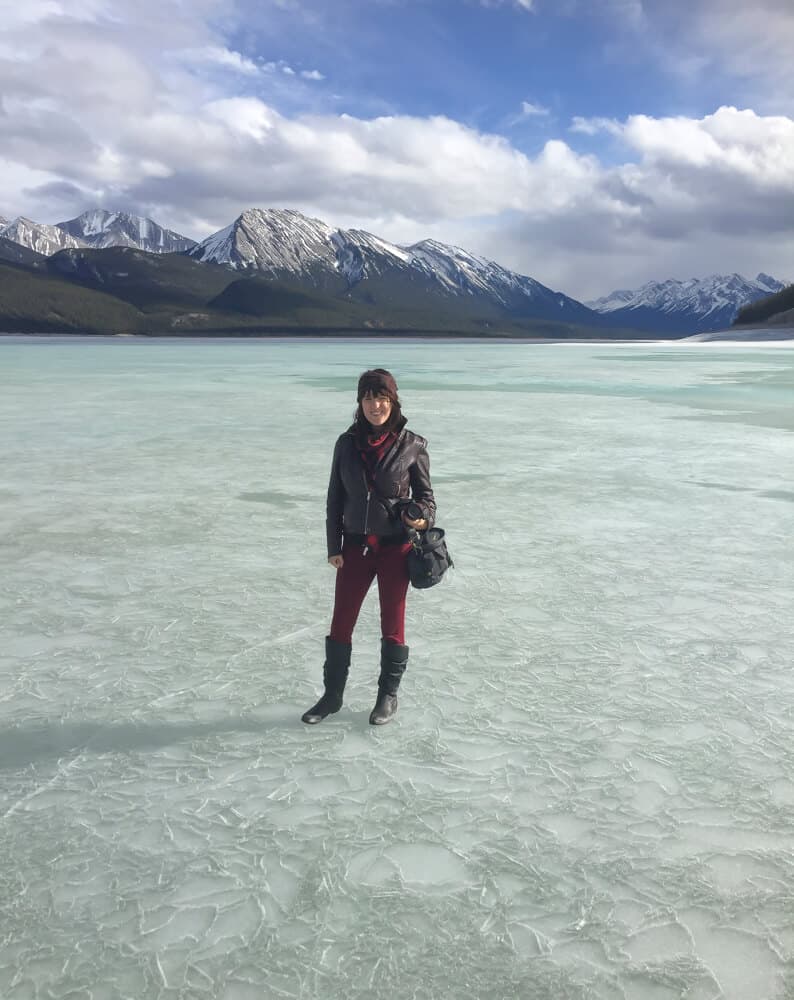
Prairies: Alberta, Saskatchewan, and Manitoba make up the prairies of Canada and tend to have the coldest winters of any of the provinces with temperatures sometimes reaching -50°C or colder, though it’s usually between -20°C and -30°C. However, the benefit of the colder temperatures is the exposure to sunshine.
The western coast is quite cloudy throughout the winter months, while the prairie provinces regularly have clear blue skies and sunshine.
Central Canada: Ontario and Quebec tend to have milder temperatures than the prairies but still colder than the coastal provinces in the east and west.
However, the further north you get, the colder these temperatures become, rivaling what you might experience in the closest prairie province of Manitoba. The winters are also not as damp as you’ll find on the coasts.
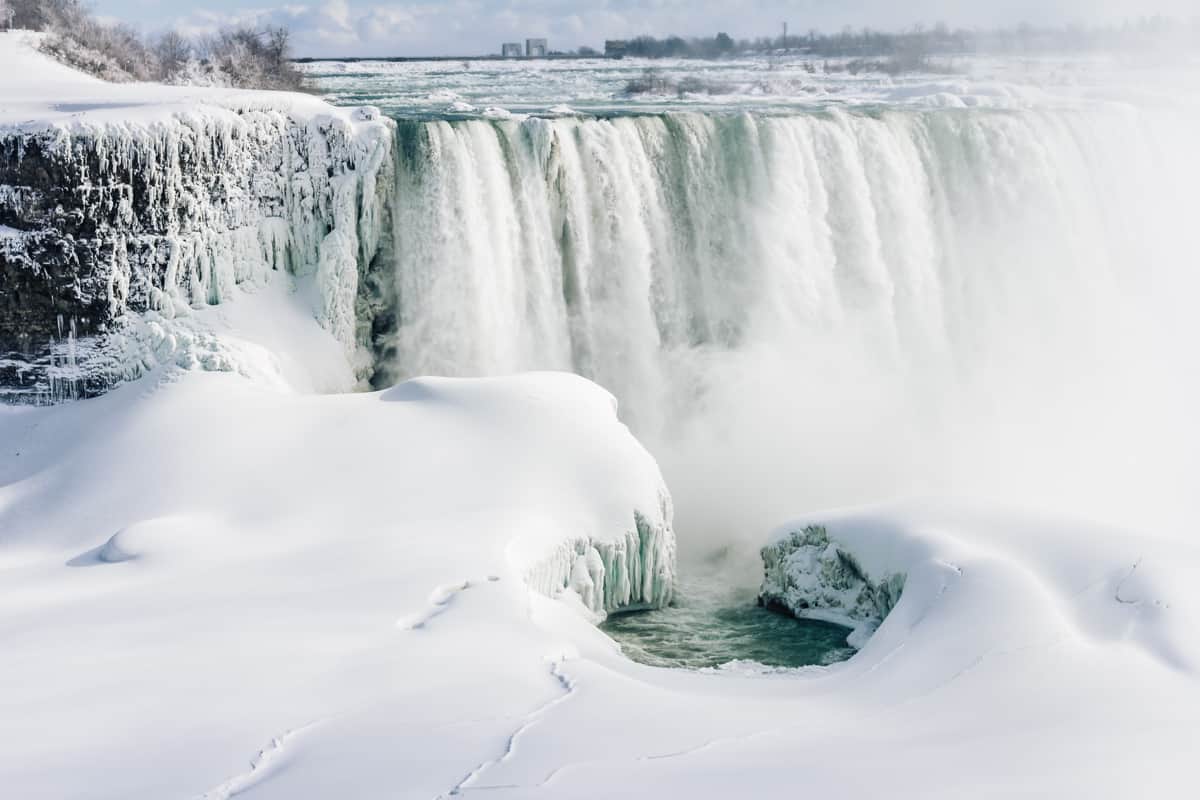
Atlantic: Similar to BC, the Atlantic provinces (Nova Scotia, New Brunswick, Newfoundland and Labrador, and Prince Edward Island) have milder and damper winters. You will need warm and waterproof outerwear to keep the cold from chilling you to your bones.
Northern Territories: Like the prairie provinces, the Northern Territories (Yukon Territories, Northwest Territories, and Nunavut) are extremely cold and dry during the winter months.
Unlike the prairies, the territories don’t receive as many visitors and have a lot more open landscape to explore, offering unique adventures that you miss out on the closer you get to the Canada/USA border.
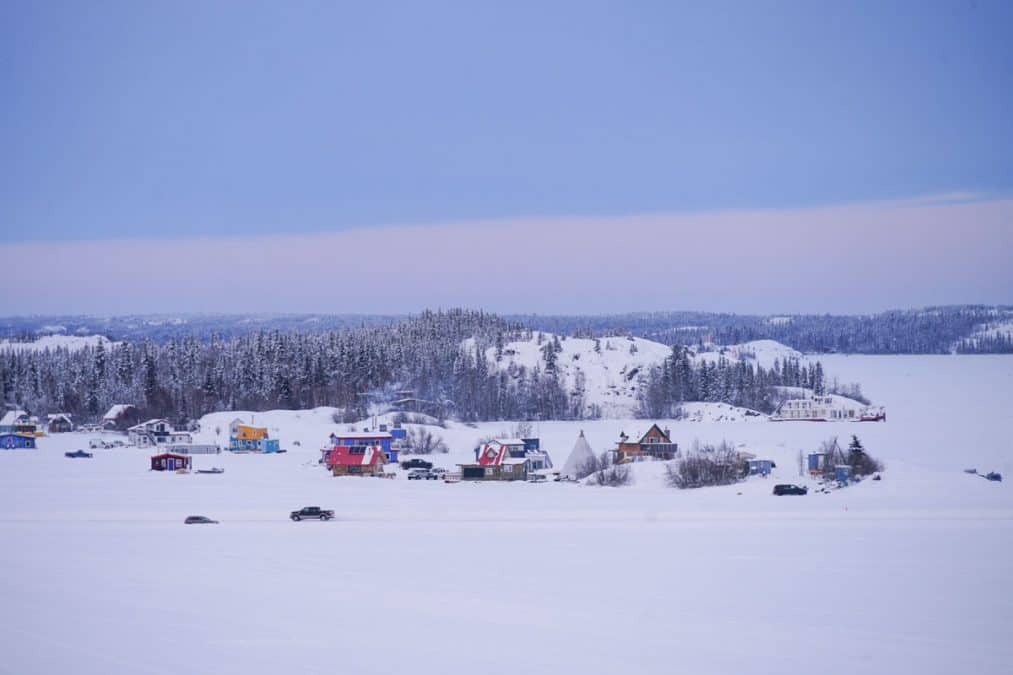
Top things to do in Canada in winter
Canadians who love their country also love their winters (even if they are the best at complaining about them). To keep themselves entertained over the long winter’s short days and low temperatures, they have plenty of things they do and experience to celebrate the season rather than simply waiting for it to be over.
These activities can be experienced in most parts of the country, but some places are better than others which I’ve recommended under each activity.
See the northern lights
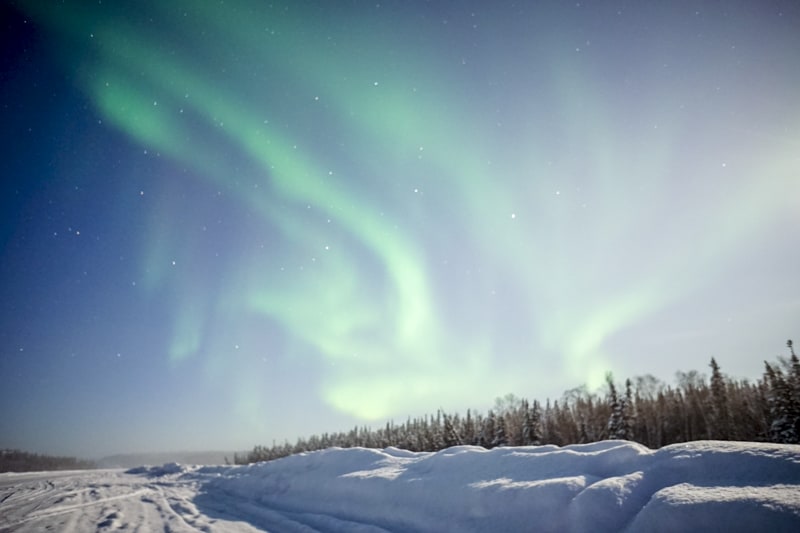
There is little better than the blue-green solar flares lighting up the night sky over fresh Canadian snow. The further north you get, the more likely it is that you’ll be able to see the northern lights – even outside of winter. But you’ll see that the lights become more active as the temperatures drop.
If you’re lucky, when the northern lights start dancing, you’ll find yourself outside of the city, surrounded by dark and fresh snow on a moonless, cold, clear night.
If you want to see the northern lights on your winter vacation to Canada, your best bet is heading to the Northwest Territories, as the proximity to the arctic circle makes your chances of seeing them much higher.
Yellowknife has become one of the world’s top destinations to see the aurora borealis due to the stable weather conditions that give way to clear skies.
Skiing and snowboarding
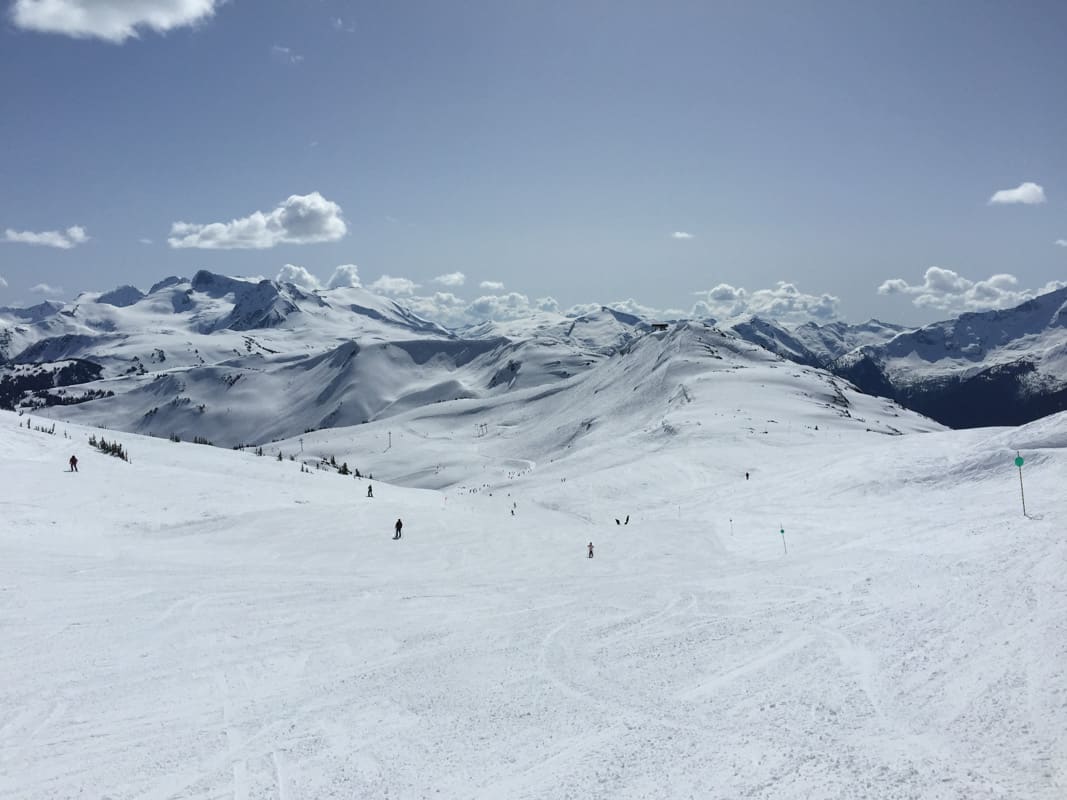
Whether you’re more of the downhill ski and snowboard type or prefer the gentler cross-country skiing, Canada is a perfect canvas for both.
With some places getting over 300 cm of snow over winter, there are plenty of places you can go to find decent skiing. Nearly every province and territory is bound to have a ski hill, whether man-made or natural, mountain or hill.
However, the most popular place for downhill skiing and snowboarding that is known all over the world is Whistler in British Columbia. You can ski down an Olympic trail there! Plus, Whistler Village offers all sorts of amenities and activities that go beyond just skiing or snowboarding.
Outside of BC, neighboring Banff or Jasper in Alberta are excellent options, with the latter being a little less jampacked than other places. You won’t be disappointed either way; they are two of the most beautiful national parks in Canada.
Go dog sledding
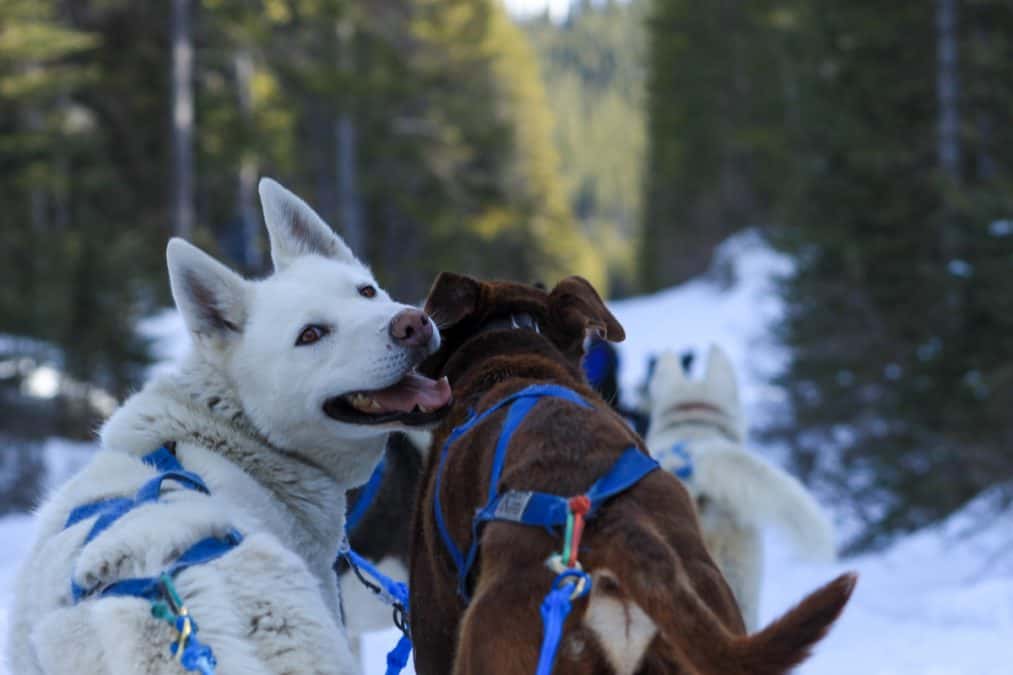
Dog sledding has been a Canadian tradition for years, and there are many places across the country you can try it out. My recommendation is Canmore, a small town just outside of Banff National Park.
In Canmore, you can find locally owned tour companies offering dog sledding tours through the area. I chose Snowy Old Tours because of their commitment to Sled Dog Welfare.
The two-hour tour takes you on a scenic and exciting ride through the Rocky Mountains. At the start, you’ll get a chance to meet and play with the dogs and halfway through when they stop for hot chocolate in the forest to warm up. Dogsledding is one of the most unique winter activities in Canada to try!
Ice skating/ice hockey
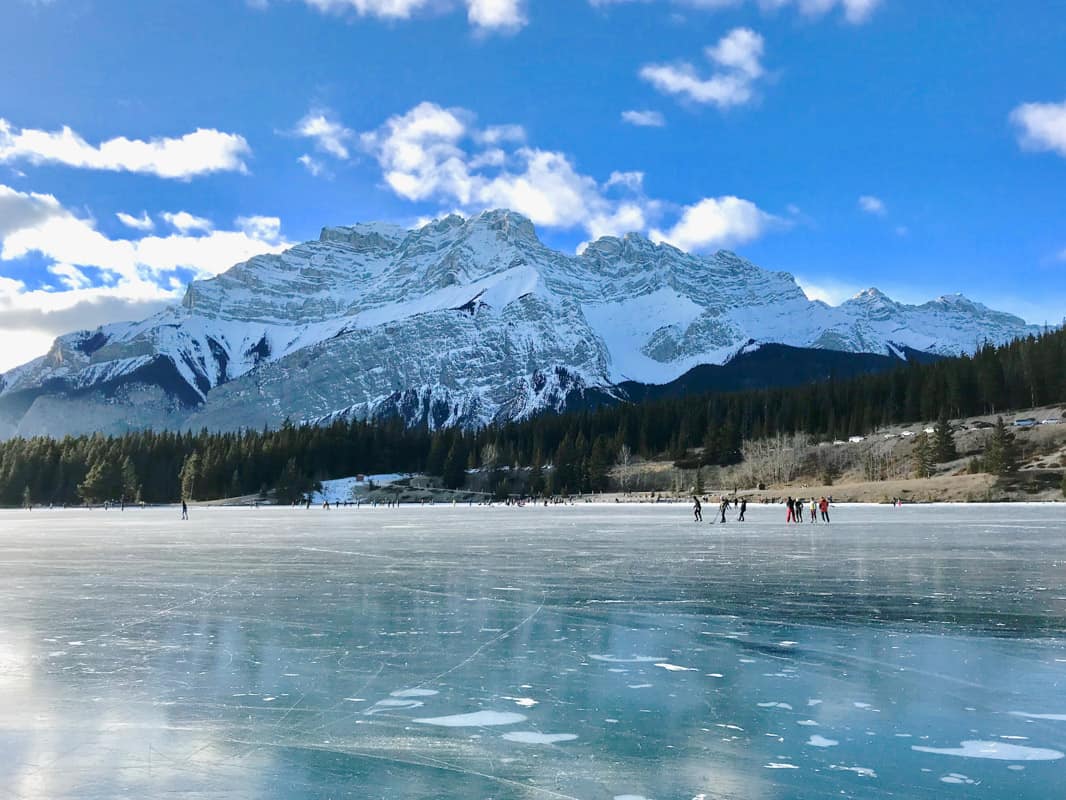
Ice hockey and skating are widespread pastime winter activities in Canada. Many ice rinks are available near community centers throughout different cities to skate and play hockey for free. If you have a pair of skates, you basically have everything you need. It’s one of the best things to do in Toronto during winter!
They may even already have hockey nets that can be used by you and some friends for a game. If you don’t have skates, several rinks and community centers also rent them out for a relatively low price.
In some Canadian cities, it’s not unusual to find people skating to work if the location allows it. Skating trails like the 10-km-long Centennial River Trail in Winnipeg, Manitoba, go straight through the city, which means an easy commute for some active skaters!
Other famous skating trails in Canada are the Rideau Canal in Ottawa and Lake Louise in Alberta.
If you’re not all that into the actual act of skating yourself, you can instead catch a hockey game or show on ice in any of the major cities, which will all have a home rink of their own. Check out show schedules, times, and availability before you travel.
Wildlife experiences
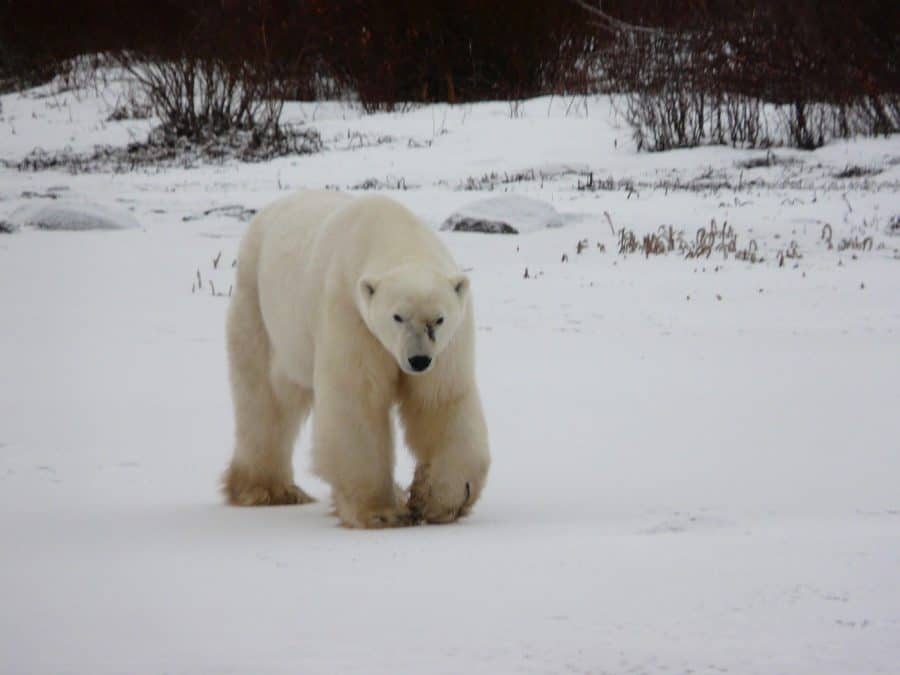
One of the major benefits of Canadian winters is the variety of wildlife active during these months. Polar bears, arctic foxes, wolves, beluga whales, lynxes, and more can be spotted as you travel around wild Canada, but tours are also available in various provinces. They offer a higher likelihood of spotting them and a more thorough understanding of the wildlife.
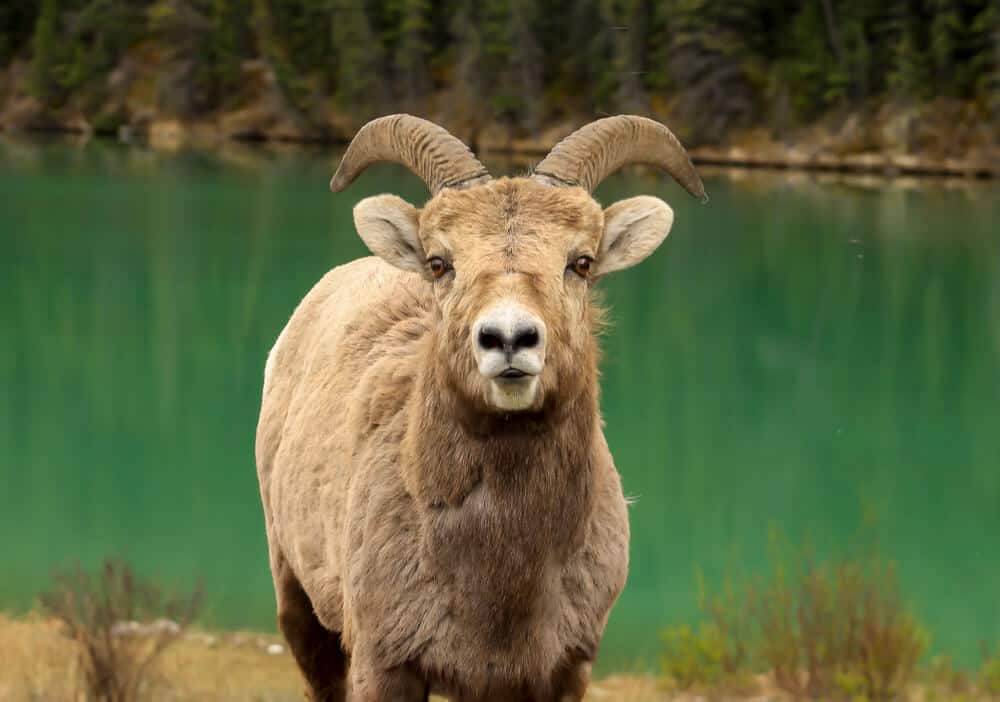
In Vancouver, you can spot whales, seals, and porpoises while spotting polar bears is a big attraction in Churchill, Manitoba. Bird species and caribou can be found on the east coast, along with a healthy population of fish and lobster.
Canada has several provincial and national parks with protected wildlife populations where you can spot all kinds of animals; they aren’t localized to one area.
The black bear, for example, is just as likely to be found in the prairies as they are on Vancouver Island. However, if there is a specific type of animal you’re eager to see, it’s essential to do your research and see where they’re most likely to be found.
Winter Festivals in Canada
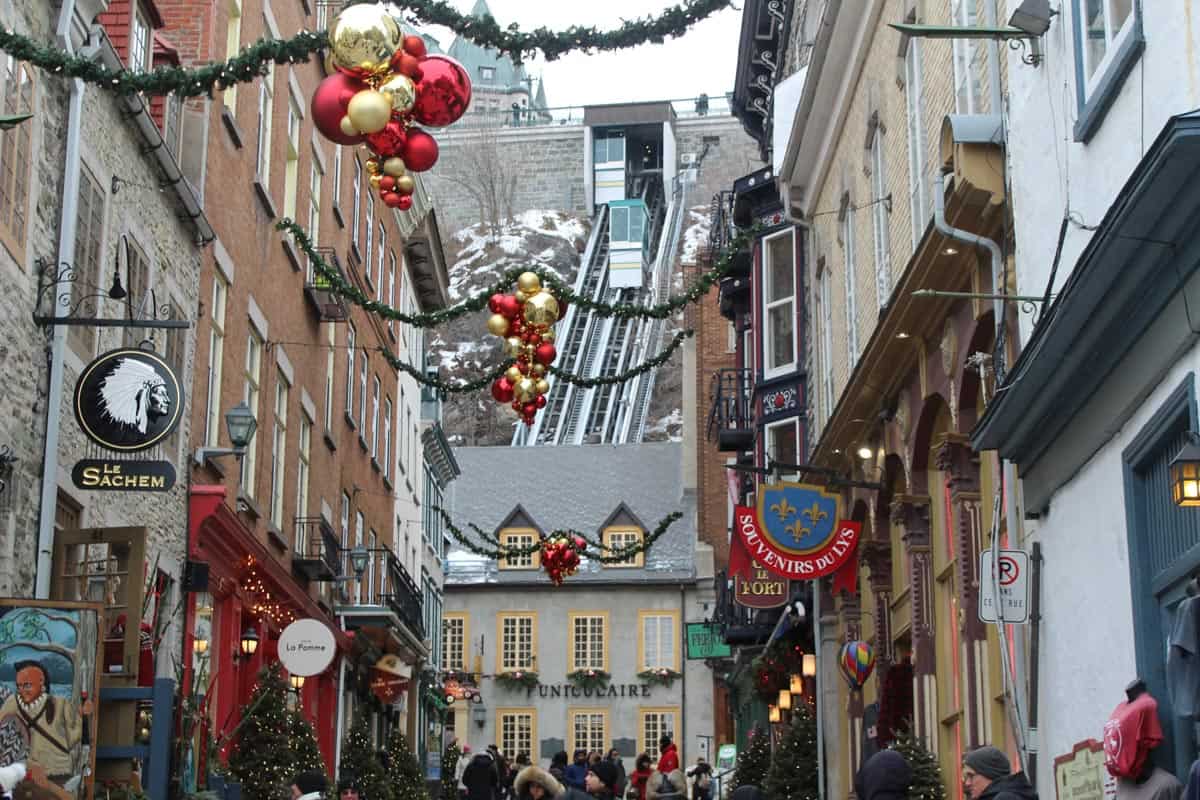
All across Canada, you’ll find two things: Canadians complaining about the cold and festivals celebrating it. Here are some winter festivals in Canada worth planning a trip around!
Carnaval de Quebec in Quebec City, which started in 1894, boasts killer sculptures, competitions, and enough lights to illuminate the night sky. Plus, Quebec City is just the cutest during winter.
Festival du Voyageur in Winnipeg, Manitoba, celebrates the French fur traders who made their way across Canada to the previously-named Fort Rouge and also features snow sculptures, an ice bar, and historic re-enactments. This year’s event is scheduled from February 18th-27th, 2022.
The World Ski and Snowboard Festival in Whistler, BC, features competitions, music, and art among other things, and boasts the largest free outdoor concert series featuring popular Canadian acts like Metric.
In the Yukon, you’ll even find a festival featuring flour packing competitions and an axe toss for a more unique experience.
Although cold, these festivals often have unique methods for keeping attendees warm – from bonfires to warming huts to alcoholic delights.
Winter Clothes for Canada
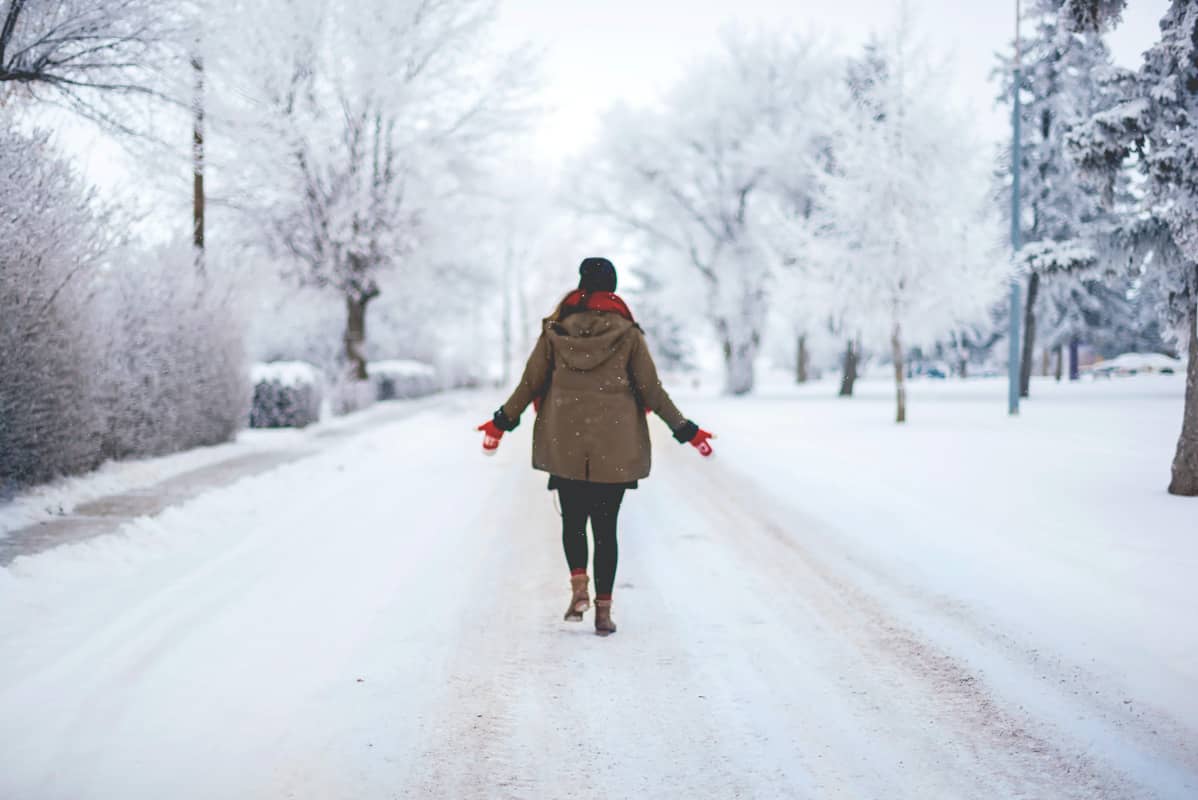
If you’re going to Canada over winter, it’s vital that you dress appropriately. Even if you don’t plan to spend much time outside, you need to be prepared for the worst. A good, warm jacket, pair of boots, hats, and gloves, and even long underwear can make the difference between enjoyment and suffering.
If you’re renting a car and driving on the frozen roads, you need to keep the car packed with basics – a snow brush, a shovel, extra blankets, food, water – just in case you find yourself in trouble.
The same goes for the type of clothes you have. Prepare for the worst, and you’ll never find yourself in a situation endangered by a cold that can cause frostbite in less than fifteen minutes.
The best type of jacket
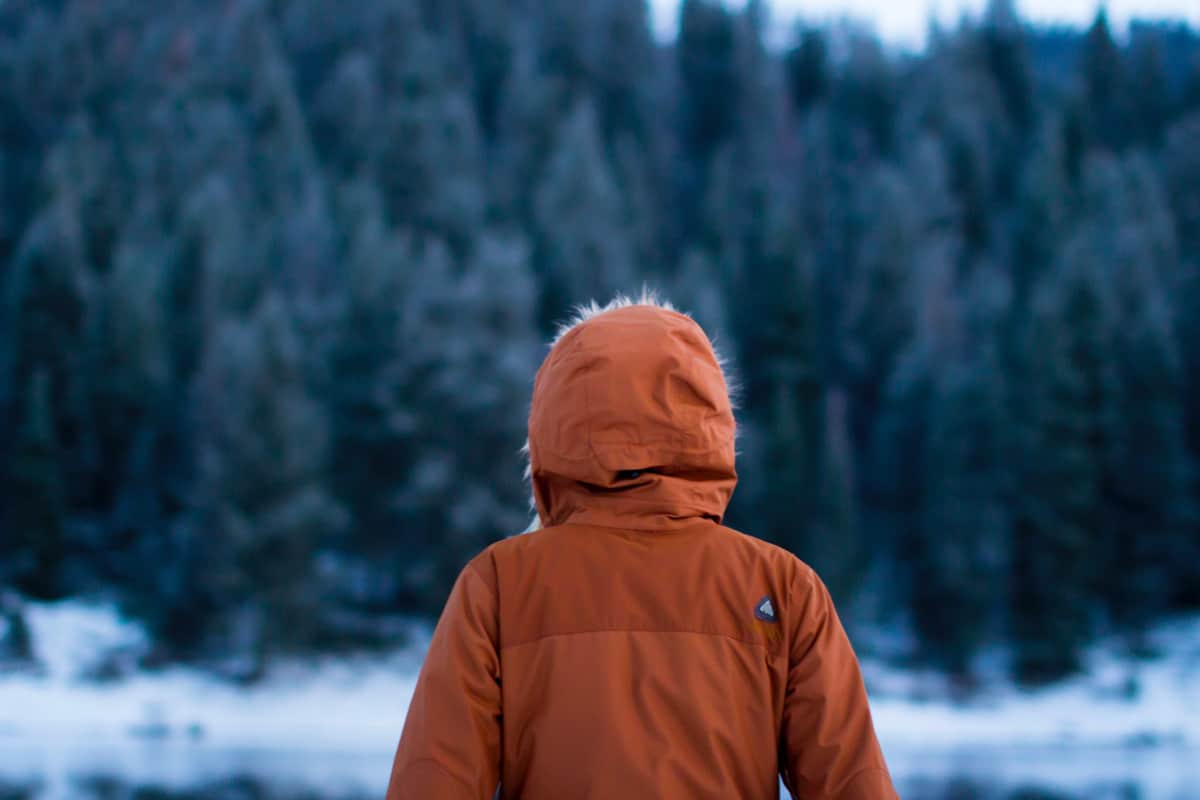
Look for quality over low cost. Think about what you’ll be doing and how much time you’ll be spending outside.
Parkas are great choices and popular among locals. They feature a hood lined with fur or faux fur that helps keep the wind and snow out of your face.
This type of clothing is based on what the Caribou Inuit wear to face the frigid Arctic temperatures, so you can be sure that it is a good choice. However, cheap fast-fashion retailers may mass produce these coats, so make sure you’re testing it out before wearing it.
Look for brands that specifically manufacture clothing for winter. Something like The North Face or Canada Goose have good quality coats used by researchers in Antarctica, so they have a good reputation for keeping you warm.
Make sure whatever jacket you’re getting is waterproof (snow melts, after all) and will have room for layers to help you trap heat. Down jackets, for example, are poor choices. When they get wet, they stay wet. Some jackets can also be quite heavy.
Do your research before you get to Canada; try on a variety of jackets to find what works best for you.
The best types of shoes or boots
If you’re not from a cold country, you might be surprised to find that the winter boots from home are incompatible with Canadian winters. That’s not to say you won’t find a Canadian wearing runners or regular dress shoes in the snow, but they are unlikely to be spending long outside.
When the temperature drops below zero, you’ll want to have warm toes. As soon as your feet are cold, so is the rest of you. Look for comfortable boots with a thick, warm lining, and consider doubling up on your socks.
UGGs are a popular brand during a Canadian winter because of their simplicity and thickness, but you can find decent boots at Walmarts and other big box stores from various brands. If you want to go the more cultural route, consider a pair of moccasins.
Accessories
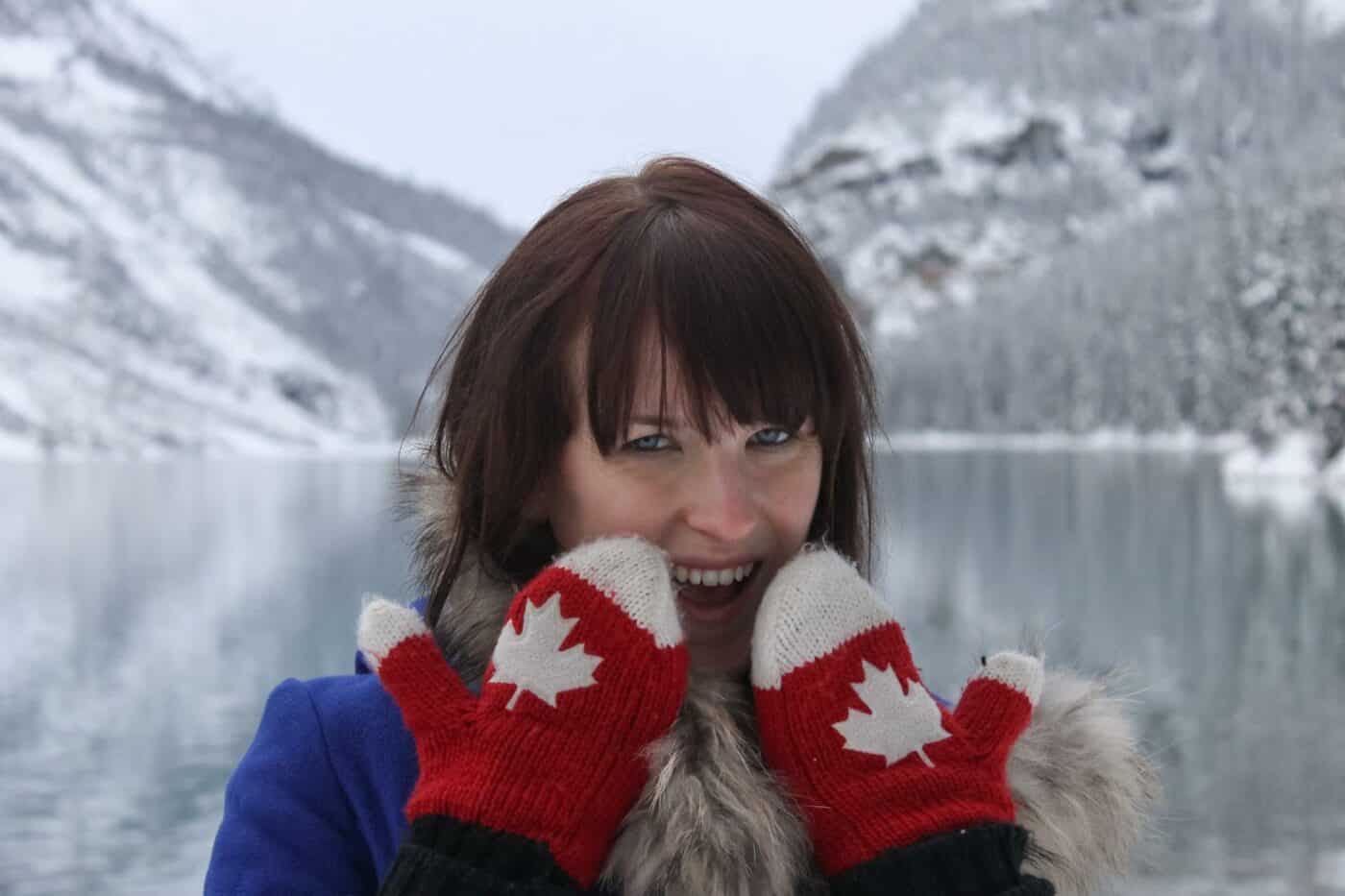
Hats, scarves, neck warmers, earmuffs, mittens and gloves and long underwear are all essential accessories to consider. Think about those areas that are more prone to frostbite, i.e. ears and nose, and go from there.
Most Canadians will at least have a hat, a pair of gloves, and a good coat. From there, figure out what you’re going to be. If you’re spending a long time outside, thermal layers and good socks are your best friend. If you’ll be tobogganing, invest in some snow pants.
You can generally find decent accessories at department stores. With things like socks and gloves, check that they’re waterproof and layered for optimal warmth, or go ahead and layer your clothes.
Do thorough research before you buy. Shop in-person to get a better idea of how the clothes will fit you and whether or not they are suitable for the winter activities you want to try. If you do this, you are guaranteed to have a more enjoyable vacation during Canada’s coldest months.
While many people choose to visit Canada in the summer, don’t overlook coming during winter! It will give you the chance to take part in some bucket list experiences and see the country in a whole new way.
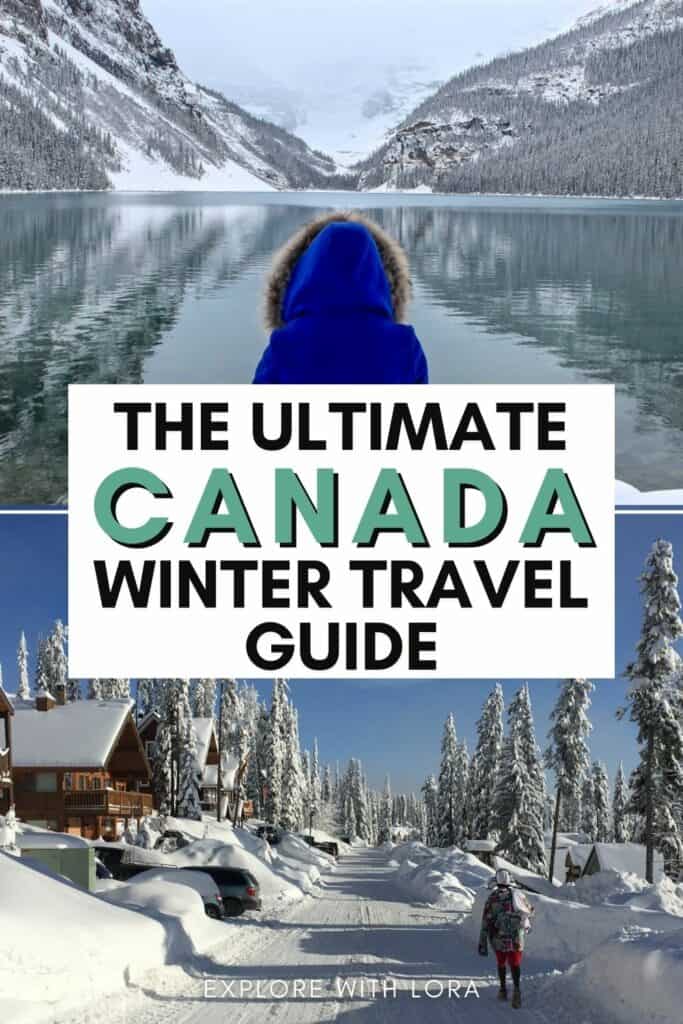
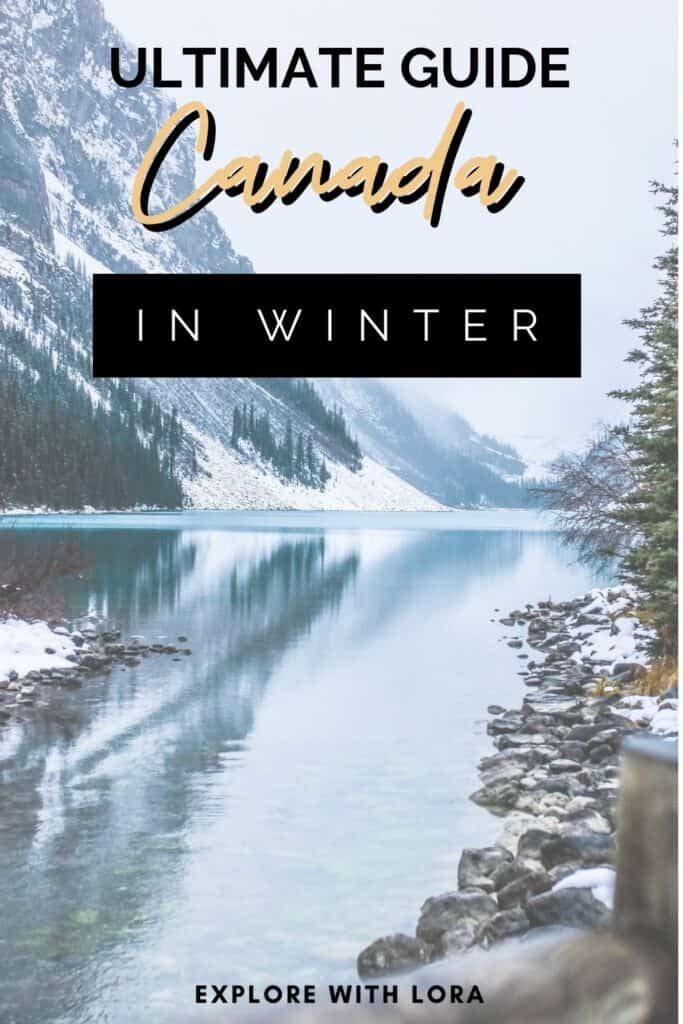

Leave a comment